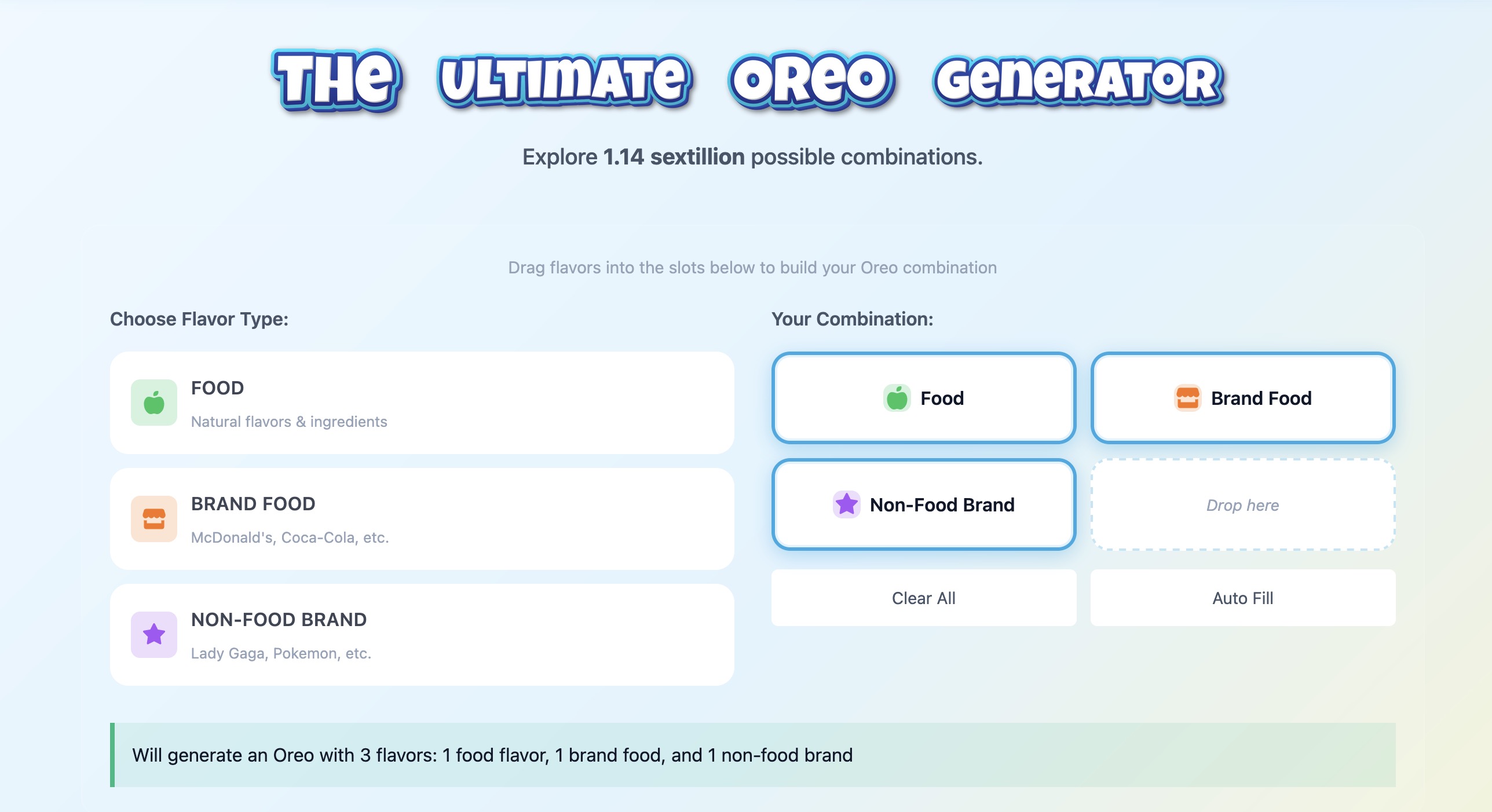How to pad the start and end of strings in Javascript
March 31, 2020
Introduced in ES2017, the .padStart() and .padEnd() methods add padding to the front and back of a string in Javascript. Fundamentally, padding a string is simply adding characters to the start or end. For example, padding the string hello world with 4 blank spaces at the start would look like this hello world. Padding the end the string Goodbye with 3 exclamation points would look like this Goodbye!!!.
Using padStart() and padEnd()
Both .padStart() and .padEnd() do not modify the original string but return a new string with the added padding. Both methods take two parameters: the total number of characters for the new string and the character to use for padding.
The total number of characters for the new string includes the characters for the current string, so if you have a string that is 10 characters long and you want to add three padding characters to it you need to pass 13 into the first parameter.
For example, trailing dots is 13 characters, to add 5 . characters to the end of that string you need to pass in 18 into the first parameter.
1.const newStr = "trailing dots".padEnd(18, ".");2.3.// 'trailing dots..........'
If you pass in the number of padding characters that you want, 5, it will not add anything to the string:
1.const newStr = "trailing dots".padEnd(5, ".");2.3.// 'trailing dots'
Default pad character
An empty space character, ' ', is the default second parameter for both .padStart() and .padEnd(), which means you can pad a string with spaces with just one parameter.
1.const newStr = "padMe".padStart(10);2.3.// ' padMe'
Pad the start of a string in Javascript
To pad the beginning of the string use padStart():
1.const newStr = "string".padStart(10, "char");2.3.// 'charstring'
Pad the end of a string in Javascript
To pad the end of a string use padEnd():
1.const newStr = "string".padEnd(10, "char");2.3.// 'stringchar'
More JavaScript Snippets
Popular Articles

I Can't Believe It's Not CSS: Styling Websites with SQL
Style websites using SQL instead of CSS. Database migrations for your styles. Because CSS is the wrong kind of declarative.

How I Built an Oreo Generator with 1.1 Sextillion Combinations
Building a web app that generates 1,140,145,285,551,550,231,122 possible Oreo flavor combinations using NestJS and TypeScript.

AI Model Names Are The Worst (tier list)
A comprehensive ranking of every major AI model name, from the elegant to the unhinged. Because apparently naming things is the hardest problem in AI.